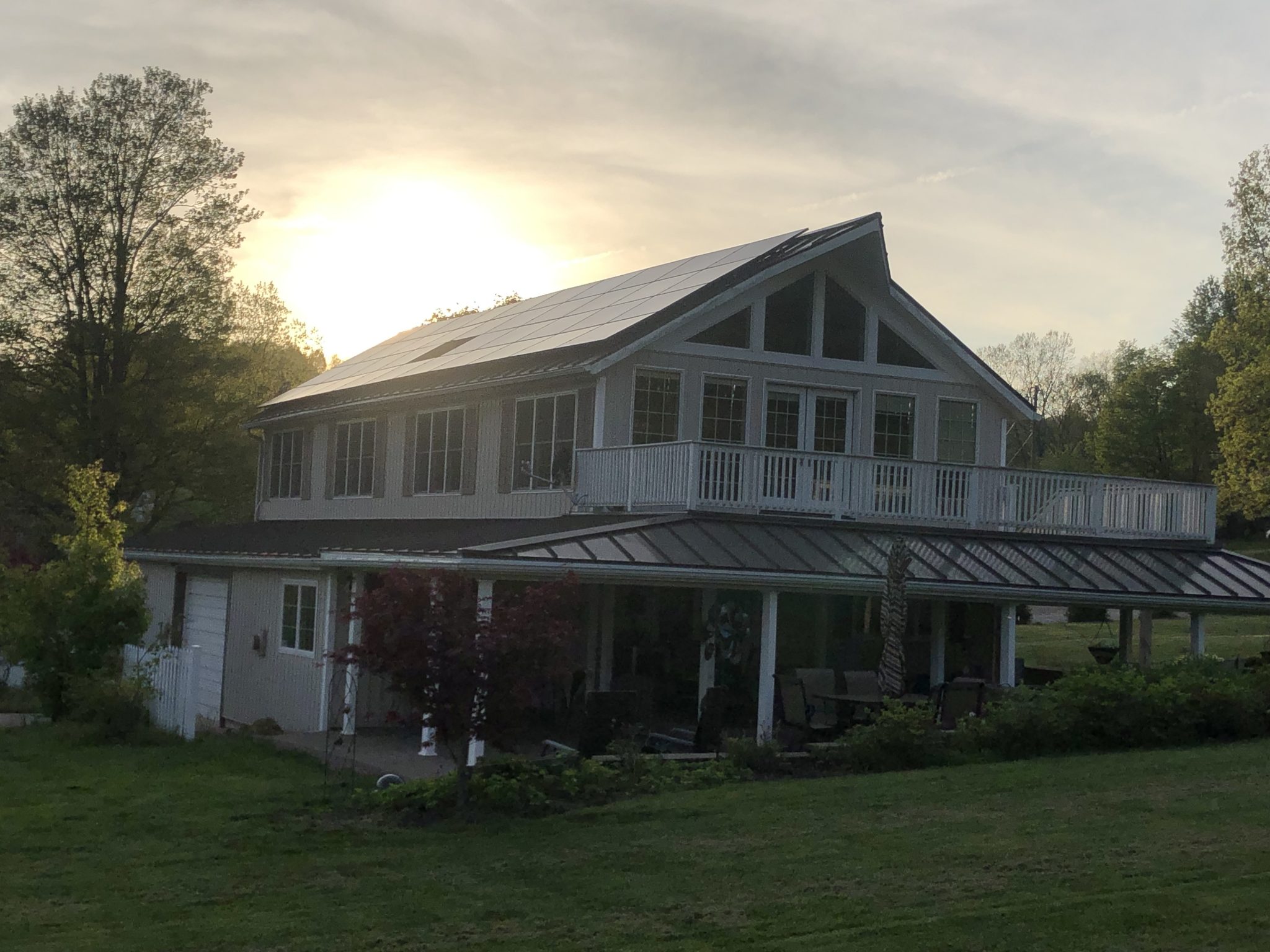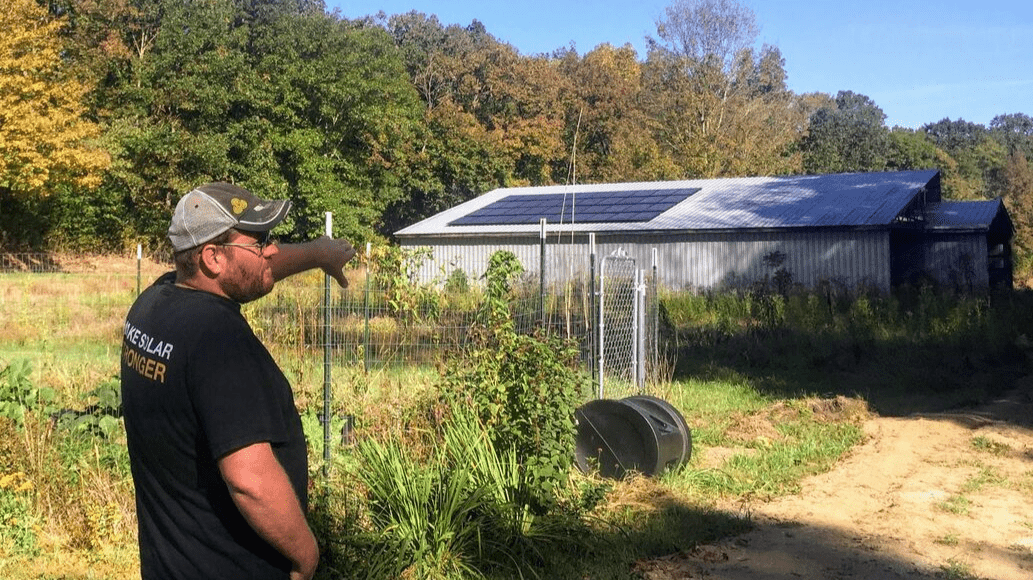Solar in Ohio
2020 has been quite the unexpected year. And, believe it or not, the end of 2020 is quickly approaching. As we enter the last quarter of the year, we want to remind you that 2020 is the last year to claim the 26% federal tax credit. While the change from the 26% to the 22% in 2021 federal tax credit sure seems like a big drop, the federal tax credit for solar will sunset and drop down to ZERO in 2022. And that’s a really… big… drop.
There are a few points of confusion that we hear a lot from those curious about solar right now. We truly believe the time to act is now in Ohio if you’re:
- Considering making an investment in your property by adding solar
- If you’re planning on expanding your solar array to accommodate increased energy needs in this “new normal” & we’re all at home a little more.
If you fall into either category, keep reading to find answers to those solar questions.
Solar Investment Tax Credit
- The step down – The biggest incentive out there today, the Solar Tax Credit decreased from 30% to 26% in 2020. It will step down just once more to 22% in 2021 before dropping to 0% permanently for residential solar installations.
- Getting the timing right – If the price you are quoted includes the 26% federal tax credit, that means that the system will need to be physically installed this year for you to take that tax credit.
- Adding Batteries and/or Expanding – solar battery storage and expansion solar systems are eligible for the tax credit. The advancements in technology and the availability of batteries in Ohio make adding battery storage enticing to homeowners. Tesla Powerwall batteries are the #1 choice with many of our current customers, though Third Sun offers various battery options.
- Auxiliary Costs + Claims – The current tax code allows for the cost of system expansion, but not the cost of routine maintenance. De-installing and re-installing solar for a re-roofing project are ineligible costs for the Federal Tax Credit. Additionally, the –re-roof itself is also ineligible for this tax credit.
Preparing for Solar in 2021
2021 is the final year of the Solar Investment Tax Credit. In Ohio, we are anticipating a very busy 2021. If you know that this year is too soon for solar, start making plans for next year. Do you know if you’re eligible to take the solar tax credit? If not, find out! Talk with your tax professional to see if there is a way for you to structure your taxes to take the 22% solar tax credit. The Solar Investment Tax Credit is the largest solar incentive we’ve seen in Ohio. And we know lots of Ohioans won’t want to leave that on the table.
Simple supply and demand tells us that the solar market will be in a frenzy next year. Between equipment availability and installation capacity – we are planning for a busy year.
If you already have a 2021 solar installation in mind, we recommend reaching out to start your process now. We anticipate a large rush and installation wait times to go up as we move into 2021.



